Transporting salmon in sustainable packaging a ‘win-win’
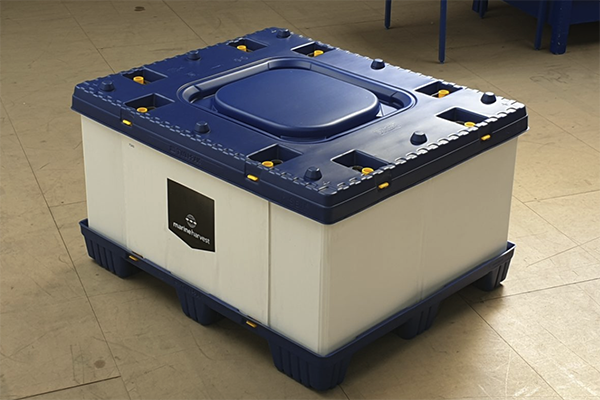
Mowi, the world’s largest producer of Atlantic salmon, has reached a record volume of fish shipped in packaging that is designed to be reused.
In 2022, a record 36 percent of the head-on gutted salmon (HOG) processed at the Blar Mhor plant in Fort William was packed in S-BINs – reusable containers designed specifically for Mowi Scotland that can hold up to 400 kg. This figure is up from 29 percent from the previous year.
“There will always be some markets where returnable packaging is not an option but having the ability to transport large volumes of HOG salmon with a much lower carbon footprint is a win-win,” said Ewan MacColl, Mowi’s logistics director. “The salmon are packed using slurry ice (ice salt and water) so that they sit in suspension and arrive in pristine condition for processing.”
One S-BIN, which is made from high-density polyethylene (HDPE) and corrugated polypropylene, holds the equivalent volume of salmon of 19 standard polystyrene fish boxes (400kg versus 21kg). One truck can hold up to 40 full bins carrying a combined total of 16 metric tons. Almost all the packaging on board the truck is reusable and recyclable, compared to the single-use polystyrene boxes and pallets, which helps reduce the environmental impact of the materials.
Because the S-BIN has been deliberately designed to have collapsible sides, this means that once the salmon has been emptied for processing at Consumer Products UK in Rosyth, several hundred empty bins can be loaded onto a truck to be reused and refilled with HOG at Blar Mhor in Fort William.
The S-BIN has been specifically designed to be reused. There is a robust quality assurance process used at the processing plant in Blar Mhor which determines if the boxes and components of the boxes meet the stringent specifications to be reused. Those that don’t are automatically rejected and repaired or replaced completely.
Following the success of using the S-BIN in the UK, Mowi Scotland has been working with Salmon Scotland and the Department for Environment, Food & Rural Affairs (DEFRA) to push for a change in legislation that would allow Mowi Scotland to transport salmon to France for processing for European customers.
“After Brexit, we were prohibited from using the S-BIN to send salmon to our internal consumer product plants in Europe,” said MacColl. “I’m pleased to report that this month, thanks to lobbying the EU, we will be starting a trial sending HOG salmon to our processing site in Boulogne in France.”
Follow the Advocate on Twitter @GSA_Advocate
Now that you've reached the end of the article ...
… please consider supporting GSA’s mission to advance responsible seafood practices through education, advocacy and third-party assurances. The Advocate aims to document the evolution of responsible seafood practices and share the expansive knowledge of our vast network of contributors.
By becoming a Global Seafood Alliance member, you’re ensuring that all of the pre-competitive work we do through member benefits, resources and events can continue. Individual membership costs just $50 a year.
Not a GSA member? Join us.
Author
Tagged With
Related Posts
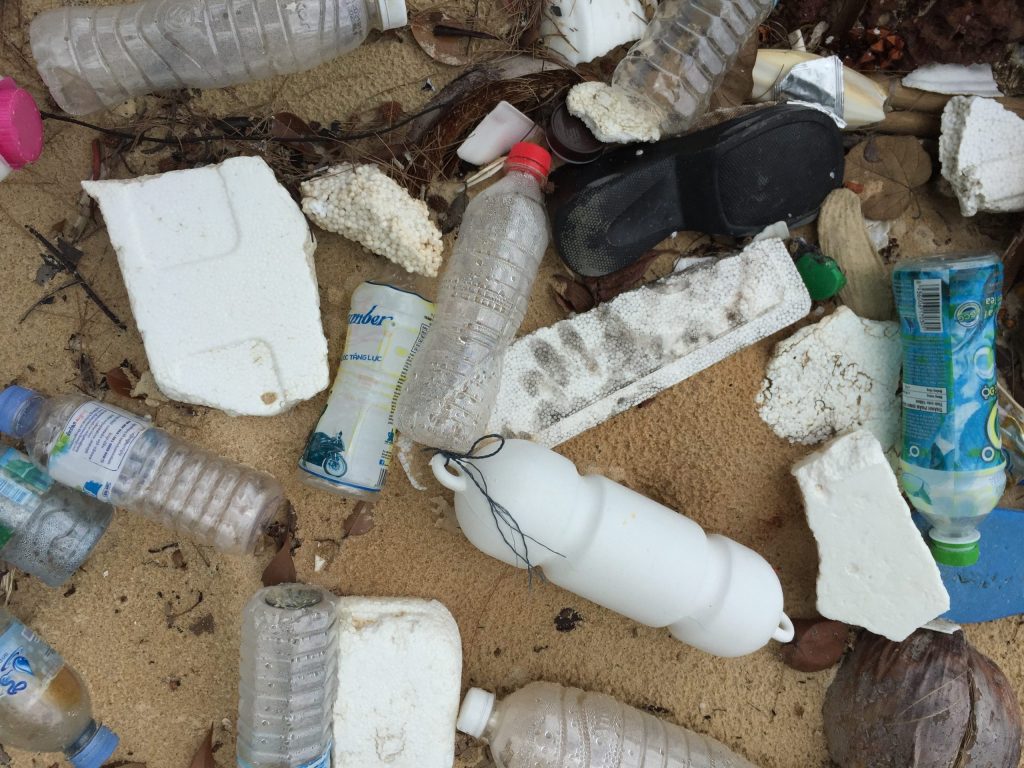
Responsibility
Expanded polystyrene is a ‘waste nightmare’ but could non-EPS seafood packaging reduce ocean pollution?
Expanded polystyrene is common in seafood packaging, but threatens marine life and human health as ocean pollution. A growing number of alternatives are emerging.
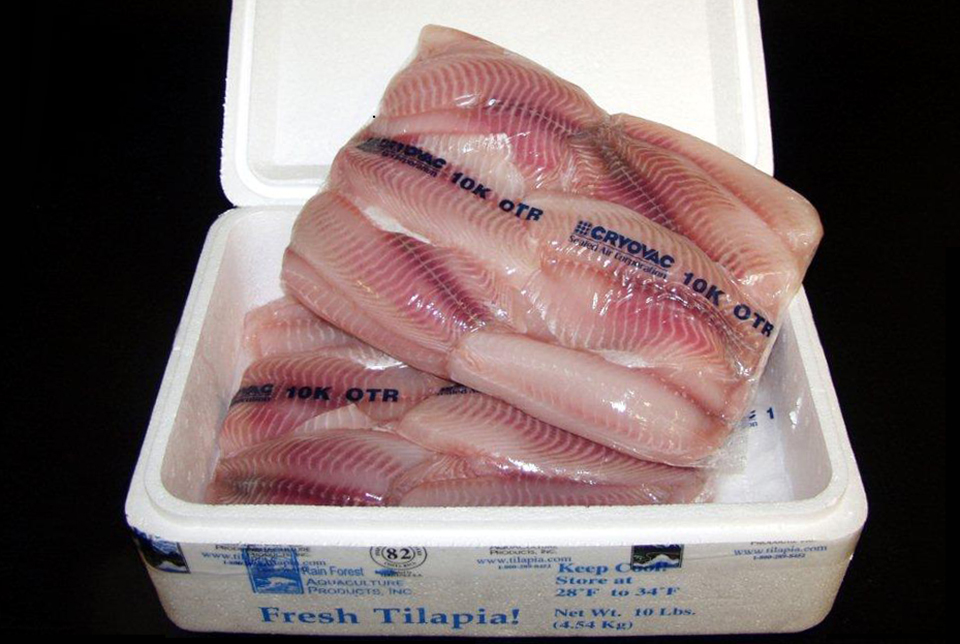
Intelligence
An examination of seafood packaging
Some substances can migrate from plastics and other seafood packaging materials into the product. Even if the substances are not harmful, they can affect the flavor and acceptability of the food.
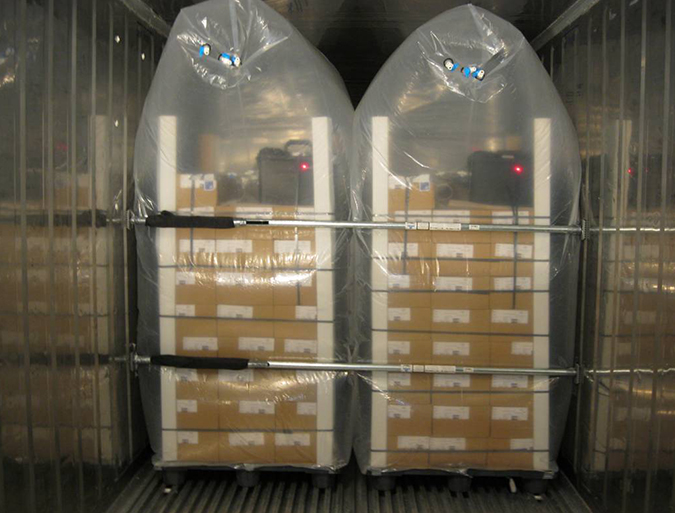
Responsibility
Slow fish: Preventing waste via packaging
BluWrap shipping technology can cut the seafood industry's abysmal food-waste statistics by dramatically extending the shelf life of fresh product. Company CEO Mark Barnekow's mission is to get fresh fish off airplanes and onto ocean-bound cargo ships.
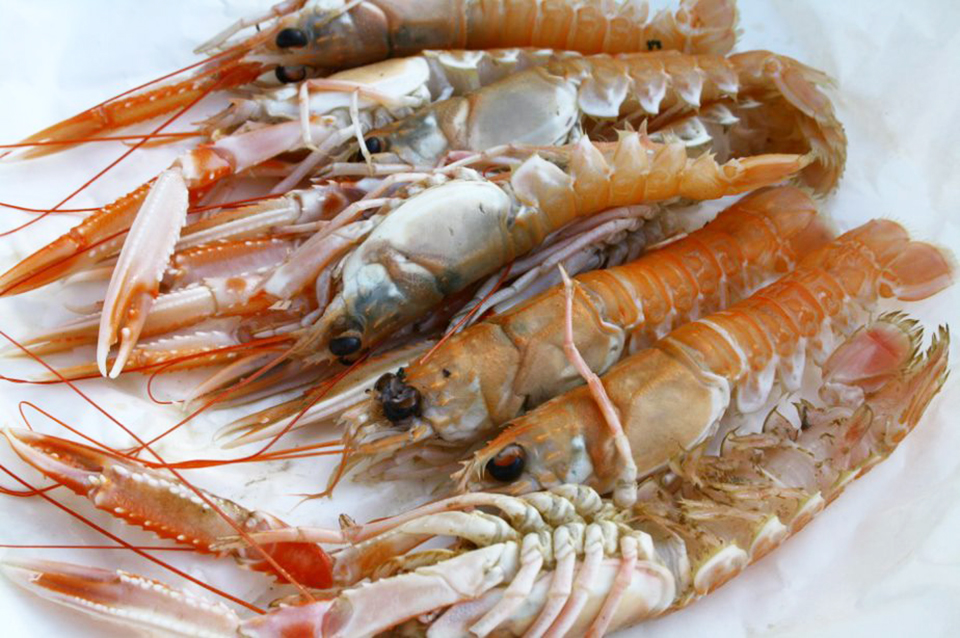
Innovation & Investment
Plastic 2.Ocean: Seafood packaging, made from shellfish
A new type of chitosan-based bioplastic, made from shellfish shells, emerges as a potential solution for global food waste and marine plastic pollution.



